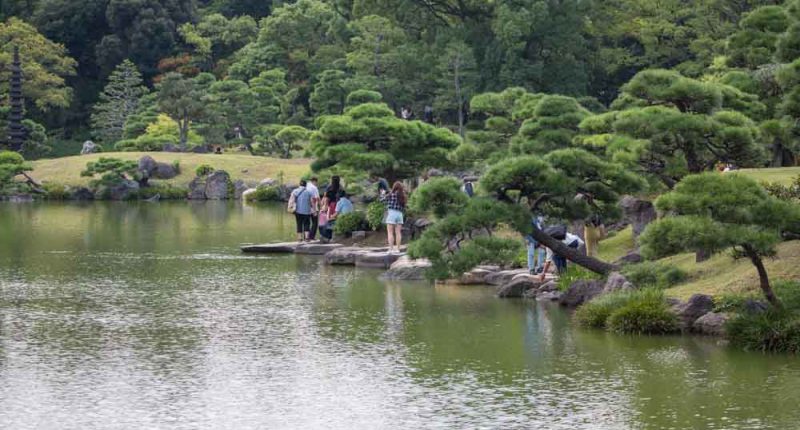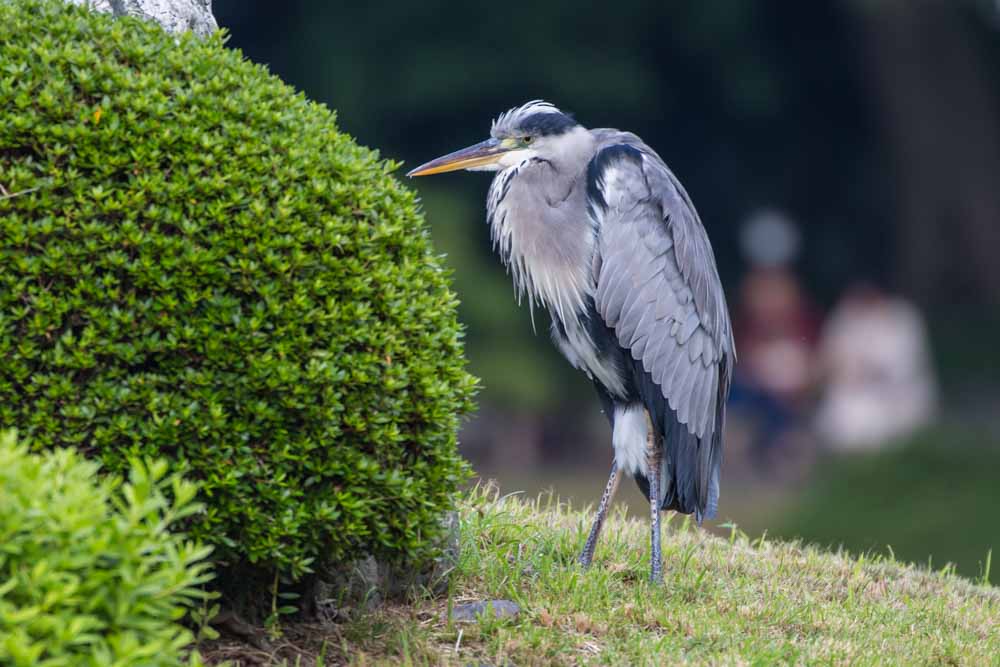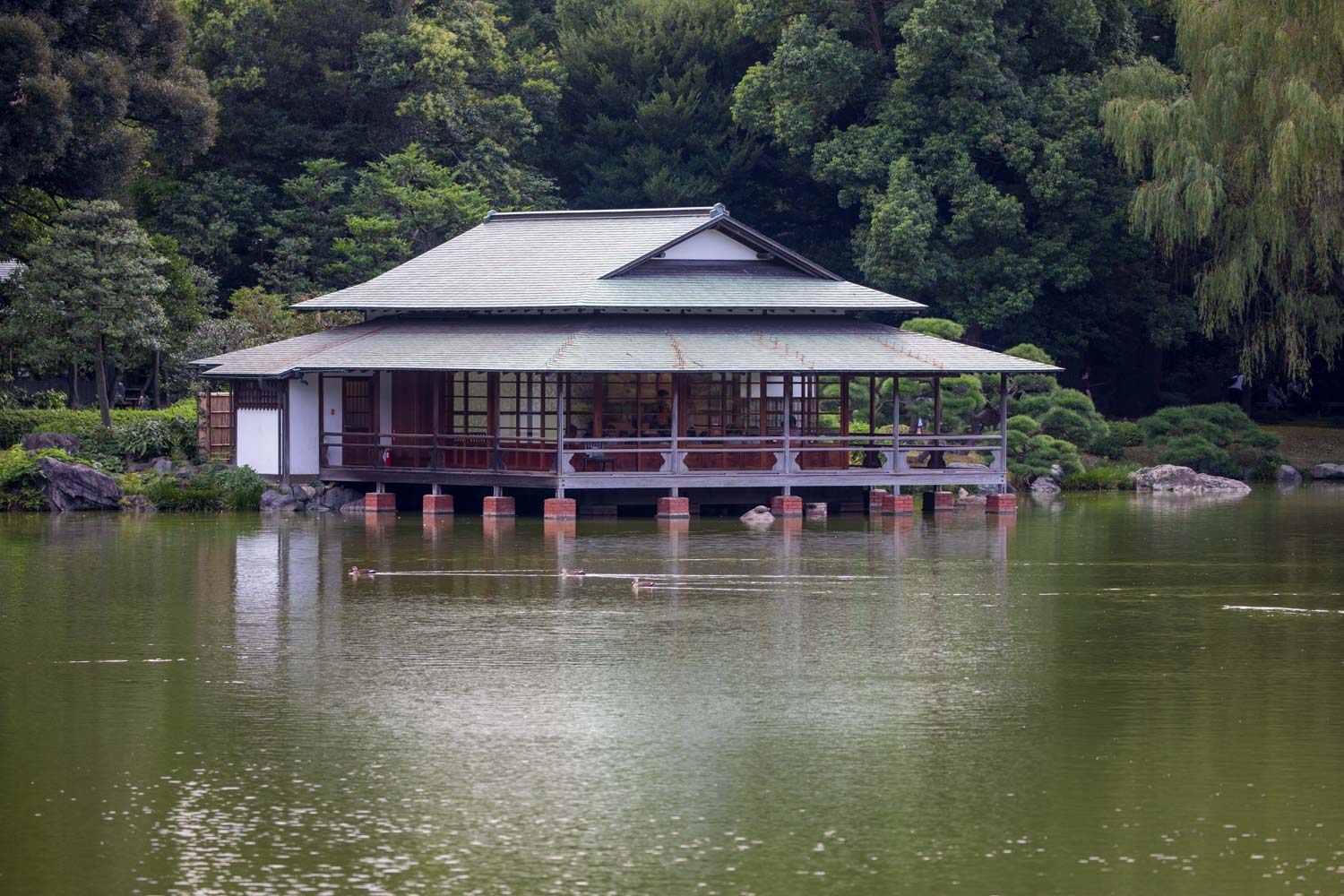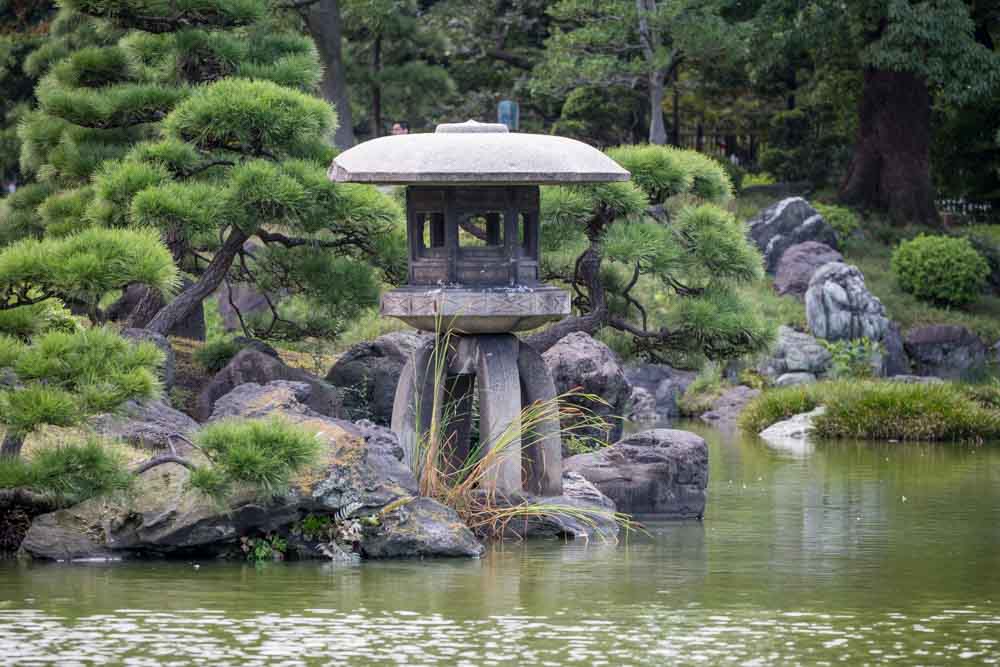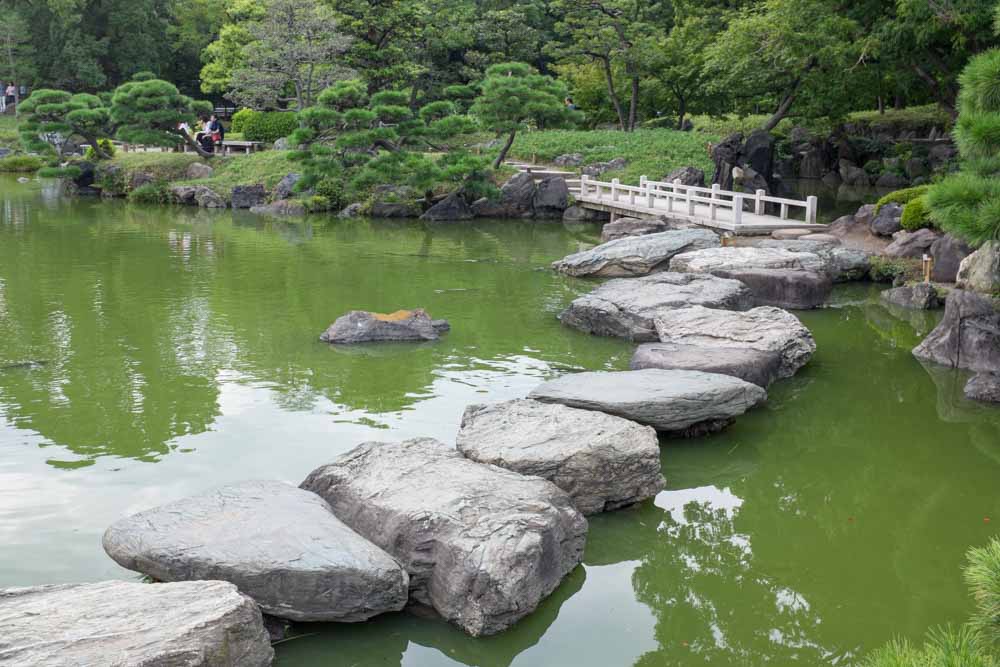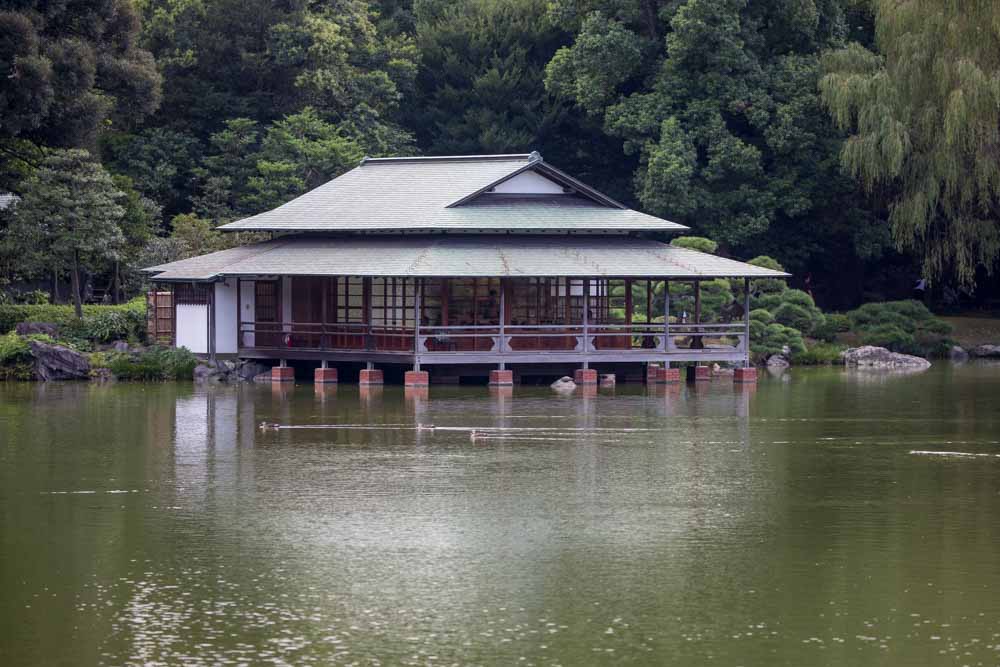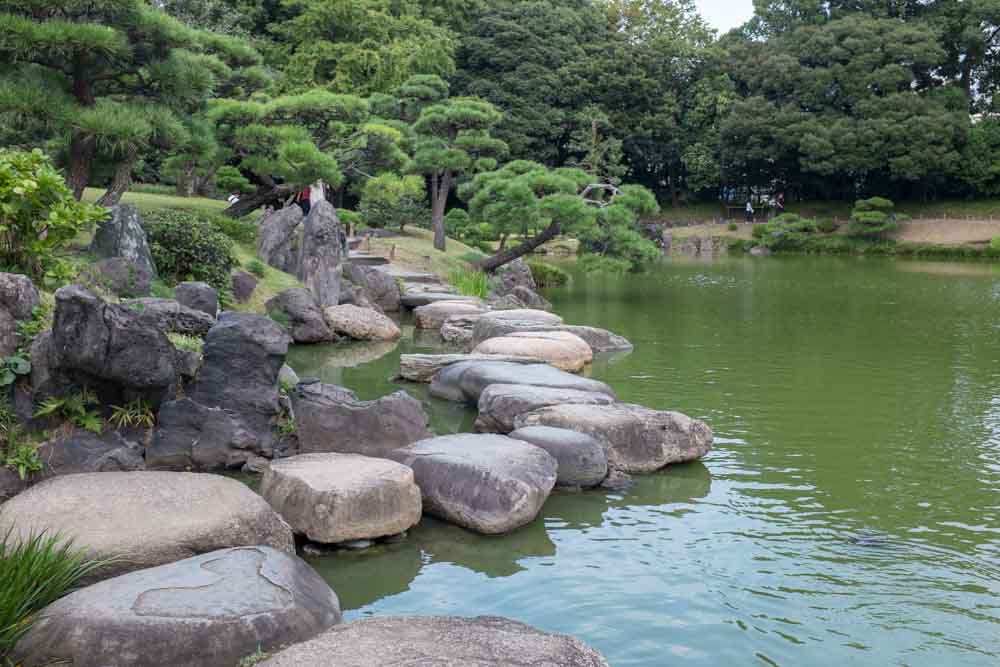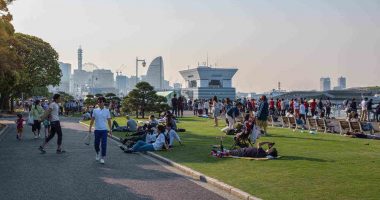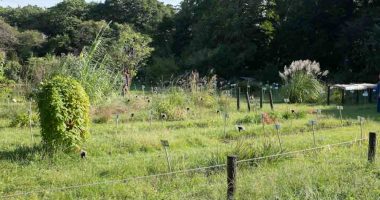Kiyosumi Gardens (清澄庭園, Kiyosumi Teien) is a beautiful Japanese landscaped garden in Koto Ward just east of the Sumida River. The former site of a mansion owned by a wealthy merchant during the Edo period, its beginnings as one of Tokyo’s most famous gardens date back to 1878 when Iwasaki Yataro, the founder of the conglomerate Mitsubishi, purchased the land with a view to creating a garden that could be used by his employees and guests.
It first opened in 1880 as Fukagawa Shinbokuen (深川親睦園) and encompassed the Kiyosumi Park area which lies to the west. The style of the gardens was representative of the kaiyu style whereby the path looped around a large central pond. Following the damage wrought by the Great Kanto Earthquake of 1929, the gardens were restored and donated to the City of Tokyo and opened to the public in 1932. Today it is designated a “Place of Scenic Beauty” by the Tokyo Metropolitan Government.
It is well known among visitors for the large stepping stones and stone bridges, as well as the ryotei that stands on the other side of the pond when you first enter the garden. The ryotei is a tea ceremony house that was built in 1909 by Iwasaki to entertain Field Marshal Kitchener on his visit to Japan. Unfortunately, entrance to the ryotei remains by appointment only.
